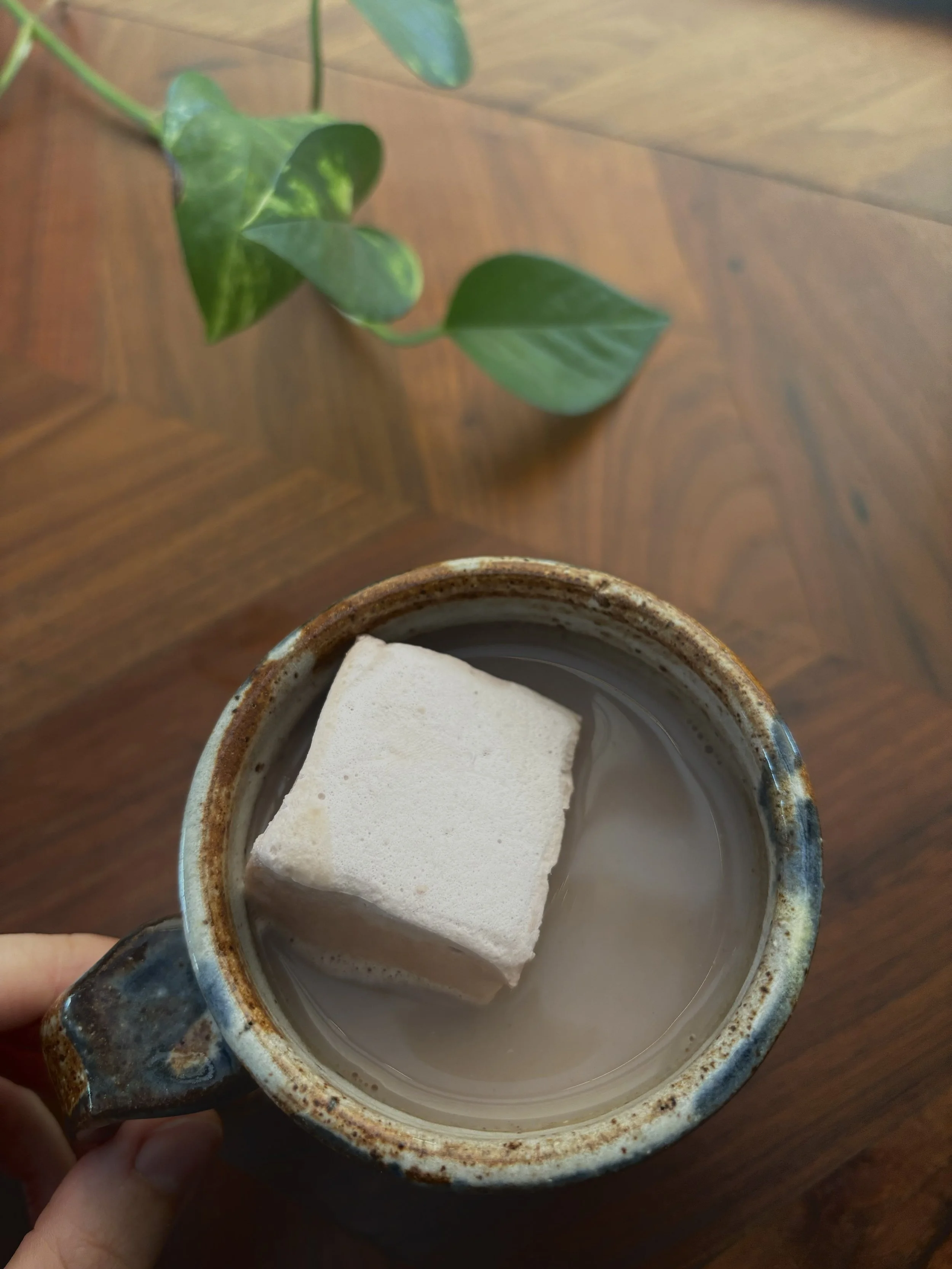Raw Milk. Let’s Talk Facts.
Raw milk is milk in its natural form, fresh, from healthy cows, goats, or sheep, untouched by pasteurisation or homogenisation.
It wasn’t until the late 19th century, during a time of poor urban sanitation, that pasteurisation was introduced to reduce the spread of disease in low-quality, mass-produced milk.
But when milk comes from well-nourished animals raised on pasture, in clean conditions, the risks associated with raw milk are vastly different.
And the benefits of leaving it in its natural state far outweigh the perceived safety net of industrial processing.
What Is Pasteurisation?
Pasteurisation involves heating milk to temperatures ranging from 60°C to 130°C to kill certain bacteria and extend shelf life.
While this might sound helpful at face value, it has significant nutritional consequences.
Destruction of Essential Nutrients
Heating destroys or denatures many of the essential nutrients that make milk such a nourishing beverage:
Vitamin C is highly heat-sensitive and is essentially eliminated during pasteurisation. This antioxidant plays a role in immune defence, collagen synthesis, and iron absorption.
B vitamins, especially B6, B12, and folate, are partially lost; nutrients vital for energy production, hormone balance, pregnancy, cognitive function, and red blood cell formation.
Whilst fat-soluble vitamins (A, D, E, and K) remain, their bioavailability is reduced due to structural changes in the milk fats caused by heat.
Destruction of Beneficial Enzymes
Raw milk contains enzymes that assist with digestion and nutrient absorption. Here are the enzymes destroyed when milk is heated:
Lactase, which helps break down lactose (milk sugar), can ease digestion for many people. Without it, we see lactose intolerance as a common occurrence.
Lipase assists in breaking down fats into usable fatty acids.
Phosphatase supports the absorption of calcium and phosphorus, essential for strong bones and teeth.
Catalase, peroxidase, and amylase; natural enzymes with antibacterial and antioxidant functions, are also lost.
Loss of Probiotics
Raw milk contains a spectrum of beneficial bacteria that support gut and immune health.
Pasteurisation wipes out all bacteria, both good and bad, leaving milk devoid of its natural probiotic content.
Historically, these live cultures were a valued part of a healthy diet, helping to protect against illness, support digestion, and maintain microbial balance in the gut.
Denatured Proteins
Milk proteins are altered by heat.
Casein, the main protein in milk, becomes structurally changed during pasteurisation. This can make it harder to digest and may increase the risk of sensitivity or intolerance.
Whey proteins are damaged at high heat, reducing their biological activity and nutritional value.
Formation of Unwanted Byproducts
Pasteurisation can also introduce new risks through the formation of heat-derived compounds:
Oxidised fats form when milk fats are exposed to heat and oxygen, leading to the production of free radicals; unstable molecules linked to inflammation and degenerative disease.
Advanced Glycation End Products (AGEs) are formed when proteins and sugars react under heat. These compounds contribute to oxidative stress and have been associated with ageing, insulin resistance, and chronic disease.
What Is Homogenisation?
Homogenisation is a mechanical process where milk is forced through a fine mesh at high pressure, breaking the fat globules into much smaller particles. This prevents cream from rising to the top and gives milk a uniform appearance.
Disruption of Natural Fat Structure
In raw milk, fat globules are surrounded by a membrane made of phospholipids and proteins.
This membrane protects the fat from oxidation and helps the body absorb and utilise it effectively.
When homogenised:
These protective membranes are stripped away.
Fat particles are fragmented, increasing their surface area and making them more prone to oxidation.
Xanthine Oxidase Concerns
There’s some evidence that homogenisation allows certain milk enzymes, like xanthine oxidase, to pass through the gut lining and into the bloodstream, where they may contribute to inflammation and damage arterial walls.
While research is still emerging, it raises important questions about how drastically altering the form of a whole food affects its safety.
Impact on Digestion and Fat Metabolism
In its natural form, milk is digested slowly, allowing its nutrients to be absorbed in a balanced, gradual way.
Homogenised milk behaves differently in the gut, and some people report worsened digestive symptoms; including bloating and discomfort.
It may also change how fats are metabolised, potentially bypassing key steps in digestion and affecting fat absorption and hormone regulation.
At Willow Park Farm, we believe food should be nutrient-dense, minimally processed, and raised with care.
Raw milk from healthy, grass-fed animals is a living food, rich in vitamins, enzymes, and probiotics that work together to nourish the body.
When animals are raised on pasture, with respect to both their biology and the land, the need for processing disappears. Pasteurisation and homogenisation are solutions to a problem industrial agriculture created; they are not necessary when milk is clean, fresh, and naturally balanced.
With Gratitude,
Alicia (BHSc Clinical Nutrition)
